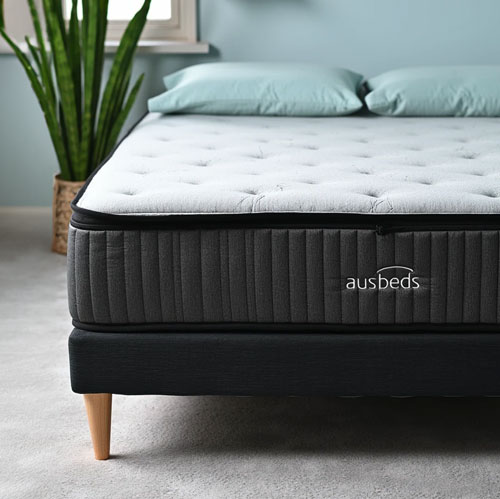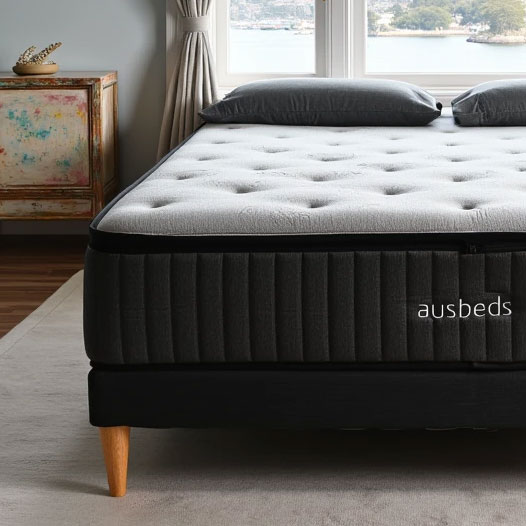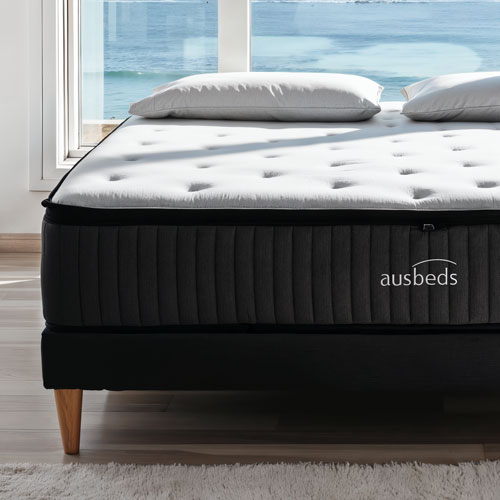I bought a new bed-in-a-box and it’s too firm, why?
I hear this alot in the showroom, So I just thought I’d put my thoughts down regarding this.
The people I spoke to today were in their 60’s. And they told me that they bought a Sleeping duck mattress. They told me they found it way too firm. And they told me that after reading online, the research told them it was one of the softer ones.
It gave me the idea to attempt to dissect the events that led up to this couple in there 60’s having this exact issue.
It seems like a simple question on the surface, but this one question can actually teach us quite a lot about mattress.
I bought a sleeping duck and it’s too firm, why?
Age and your mattress
Age plays a critical role on choosing a mattress. If you ask online “what mattress should I buy”, you may get comments from people 25-35. These people have less trouble getting comfy. The younger responders may be telling the truth when they say that the sleeping duck is soft enough. I’m not saying this is what happened here, but from my observations over the years, the older we get, the more comfort we require on the mattress = the more fussy we get. I used to be able to sleep on anything.
To put into context how firm the sleeping duck spring and most other springs are,
I have firmnesses ranging from 2-15, 2 being softest and 15 being firmest. The way I change between the firmness ranges is by changing the springs. I have 4 springs, the firmest spring that I have is the same firmness as the sleeping duck spring. I know because I’ve cut a sleeping duck mattress open and tested.
My firmest spring, is a spring I rarely ever use in a mattress. This is because giving people the choice in the showroom, they will always pick a much softer spring. Sleeping duck use a spring equivalent to a spring that would rarely be chosen in my showroom.
This really isn’t surprising, all of the bed in a box companies do this, I used to do this before I really started digging into the function on of the spring. One of the reasons why this happens I believe is that when you start to develop your mattress design the spring makers are very sure that you should use very firm springs in your mattress.
So, as a mattress company, you believe them. They’ve been doing this for ages, surely they know. They tell you everyone makes them firmer so the mattress doesn’t sag.
It kinds makes sense, firmer springs = less sagging. This is very similar to a lot of things in life, it seems like the best way to do it, and your intentions are good, but reality has other plans.
Here’s the reality, firmer springs = more sagging plus sore back, the mattress company loses and you lose.. Let me explain. The more you compress foam, the more it degrades.
So you have an extremely firm spring unit, and you put some foam on it, and then you put a 75kg human on top of the foam, the foam will really compress to a huge extent at the hips and shoulders as the springs are not compressing.
The more the springs compress, the less the foam compresses. Therefore, we don’t require firm springs to stop the sag, we require the right balance of spring firmness to bodyweight.
Macoda have a fairly soft spring though, so if you want a bed in a box with a soft spring, maybe macoda would be a good option. I actually rate macoda fairly highly. I mean, they aren’t perfect, the amount of springs is quite low which can cause other issues. And they use all plastic foams above the springs, but so does everyone in that price range. They have a zipper cover which is great though.
To put it simply, mattress in a box = springs are too firm for most people.


